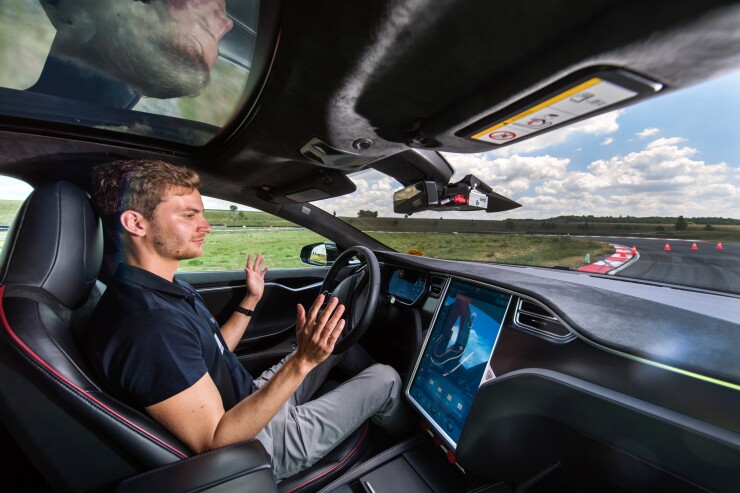Distracted driving and major speeding violations are on the rise, and technology will play a key role in helping to keep drivers safe and shaping the auto insurance customer experience, according to a new report from LexisNexis Risk Solutions, a provider of advanced analytics services for businesses and governmental entities.
The U.S. Auto Insurance Trends Report aggregates annual market data about auto insurance shopping, underwriting, and claims, and explores how technology is increasingly shaping the auto insurance lifecycle.
The report shows the importance of having comprehensive data about individual policyholders and their vehicles to provide accurate pricing. In fact, it’s more important than ever for insurers to have this, says Adam Pichon, vice president and general manager, auto insurance, at LexisNexis Risk Solutions.
“First, the insurance consumer is continuing to evolve in their expectation of a quick and easy shopping experience, including answering fewer questions,” Pichon says. “Secondly, the competitiveness of the market is ever-increasing; pricing segmentation enables an insurer opportunity to accurately assess the risk of the consumer and attract more consumers.“
Despite the fact that major speeding violations are up, the report identifies that speeding violations in aggregate—both major and minor combined—have declined nationally since 2017. This decline is possibly due to an increased use of driving technologies, including interventions from GPS navigation applications that can help drivers adjust their speed in real-time, the study says.
A LexisNexis internal analysis shows that about three quarters of all 2019 vehicles are equipped with at least one advanced driver-assistance systems (ADAS) feature. Insurers need to pay more attention to the vehicle and its plethora of information, because ADAS and other features can have a significant influence over both driver behavior and vehicle capabilities, the firm says.
While technology brings its share of challenges with smartphone distractions, the report says, it also enables tools that can be used to help reduce distracted driving and facilitate good driving rewards through telematics and usage-based insurance (UBI) programs.
With the rising number of connected vehicles on the road, including the nearly one in three vehicles expected to be telematics-ready by 2023, promotion and adoption of UBI programs will likely increase given the cost saving potential and ease of use.
“As we continue to see more violations related to distracted driving, it is more important to help drivers stay [focused] and keep their eyes on the road,” Pichon says. “Many telematics [UBI] programs gamify safe driving by rewarding drivers for not texting or speeding, so these rewards can also help to encourage safer driving.”
The main goal of ADAS is to reduce accidents and make the roads safer, Pichon says.
The LexisNexis internal analysis also shows that combining mileage data with basic driving behavior attributes can generate up to seven times more predictability of driving risk.
The trends identified in the research also highlight opportunities for auto insurance carriers to enhance quoting, underwriting, and claims resolution in a rapidly evolving market. Disruption and unexpected market conditions such as the coronavirus pandemic underscore the importance for auto insurance carriers to embrace technology and understand the role and new opportunities it presents.






